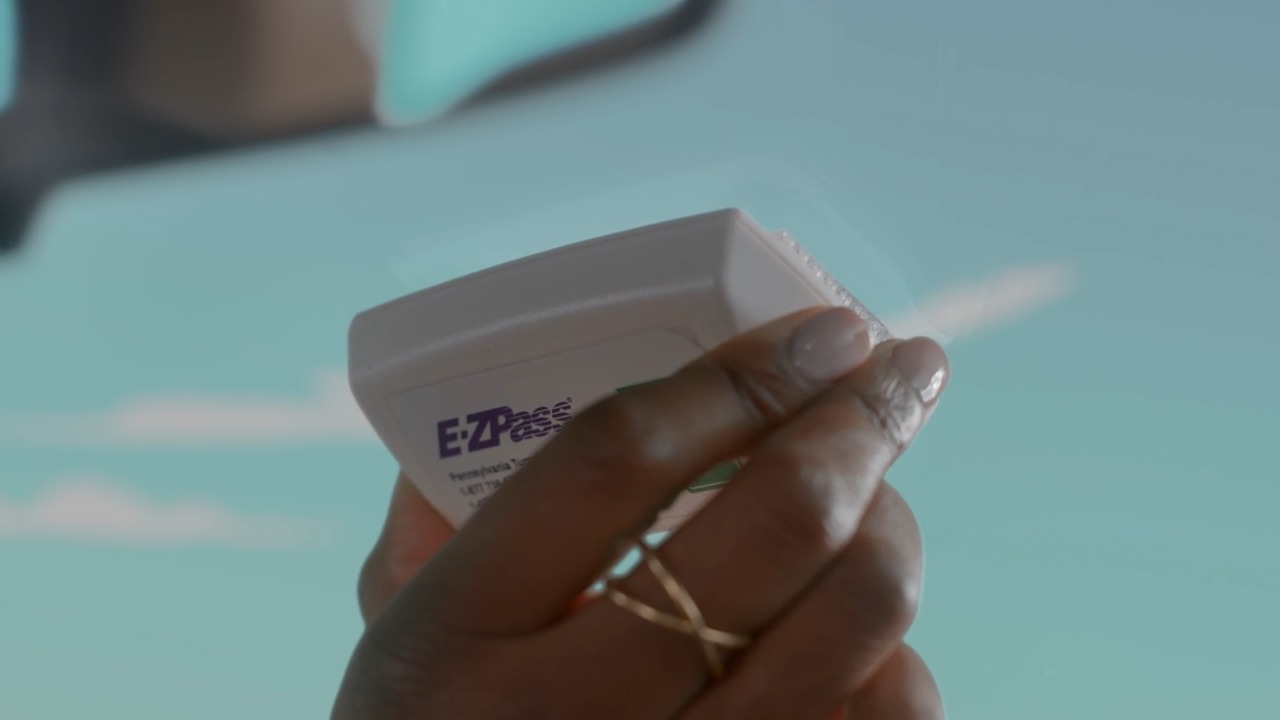Understanding Your Statements and Invoices for Open Road Tolling
Customers may notice their bill will look different after the launch of ORT. Invoices will show each gantry a customer passes under during their trip. Until ORT fully launches all along the mainline of the PA Turnpike, tolls west of Reading where gantries are not yet operational will still be charged to a customer as an interchange-to-interchange trip like they were before.
How to Read Your Updated Statements and Invoices
E-ZPass statements or Toll By Plate invoices with travel in ORT areas will be longer to show individual charges for each gantry passed. This toll-point formatting will be familiar to those regularly traveling through the Clarks Summit, Keyser Avenue, the Southern Beltway and the Delaware River Bridge exits, where ORT is already live.
West of the Reading Interchange, a single trip charge will be displayed based on your entry and exit.
If your trip includes both ORT and traditional tolling points, your bill will list individual gantry charges for travel east of Reading Interchange and display a single trip for your western travel either with an entry point of T291, if you are traveling west or an exit point of T291 if traveling east.
When the entire system moves to Open Road Tolling in 2027, all charges will be assessed at gantries and single trip charges will cease.
For a seamless transition, the PA Turnpike encourages customers to:
- Properly mount your E-ZPass transponder. Watch our video on how to properly mount a transponder.
- Pre-registered Toll by Plate customers or E-ZPass customers should keep their vehicles, license plates and credit card information up to date on their accounts.
- Open an E-ZPass account to save 50 percent on your tolls and take advantage of the most cost-effective way to travel on the PA Turnpike.



